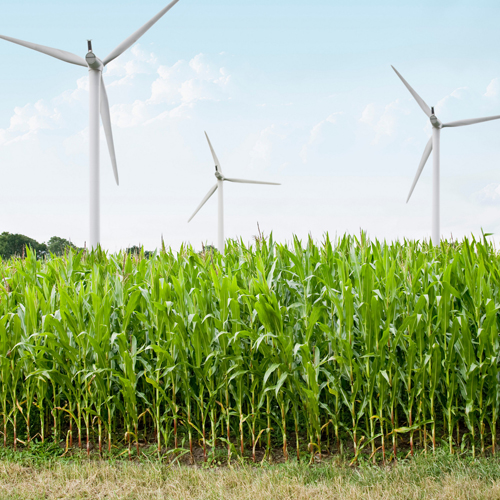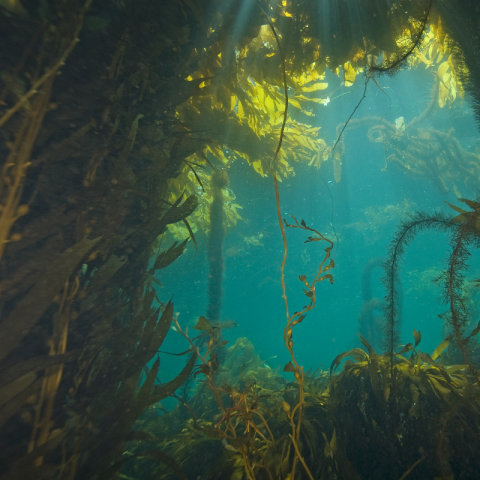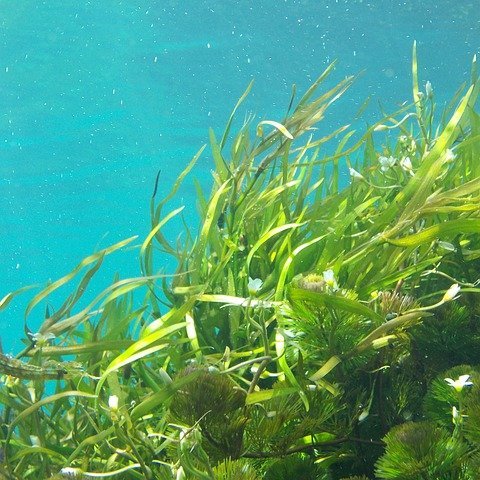Researchers made activated carbon from corn straw to filter 98% of pollutants in water
Researchers made activated carbon from corn straw to filter 98% of pollutants in water
Corn is the most important crop in the United States and one of the most wasteful crops. After the corn grain is stripped from the cob, the remaining half (straw, leaves, shell and cob) will be thrown away. The rest is called corn straw, which has little commercial or industrial use except combustion. A new paper by engineers at the University of California, riverside, describes an energy-saving way to turn corn straw into activated carbon for water treatment and return to the economy.
Activated carbon is a coking biomaterial. After treatment, millions of fine pores will be formed, which increases the absorption of the material. It has many industrial uses, the most common of which is to filter pollutants from drinking water.
Kandis Leslie Abdul Aziz is an assistant professor of chemical and environmental engineering at the University of California at Riverside Maryland and rosemary burns School of engineering. The laboratory is committed to reintroducing malignant wastes, such as plastics and plant wastes (called biomass), into the economy and turning them into valuable commodities.
I believe that as engineers, we should take the lead in creating ways to convert waste into high-value materials, fuels and chemicals, which will create new value streams and eliminate the environmental hazards caused by today's use of the disposable model. Abdul Aziz said.
Abdul Aziz, together with doctoral students mark gale and Tu Nguyen and Marissa Moreno, a former UC Riverside student of riverside city college, compared the method of producing activated carbon from charred corn straw. It was found that treating biomass with hot compressed water is a well-known process. As hydrothermal carbonization, the activated carbon produced absorbs 98% of the water pollutant vanillin.
Compared with slow pyrolysis, biochar produced by hydrothermal carbonization has larger surface area and larger pores. In the process of slow pyrolysis, corn straw will be charred at high temperature for a long time. When the researchers filtered the water added with vanillin through activated carbon, its larger surface area and larger pores enabled the carbon to absorb more vanillin
It is imperative to find the application of idle resources such as corn straw for climate change. This research adds value to the biomass energy industry and can further reduce our dependence on fossil fuels.
Other
-
07-04-2022
Researchers made activated car
-
07-04-2022
Reverse osmosis membrane techn
-
07-04-2022
What pollutants can reverse os





